Mike Allison from Jelen Deer Services tells us about the crucial elements that go into running a successful commercial stalking business
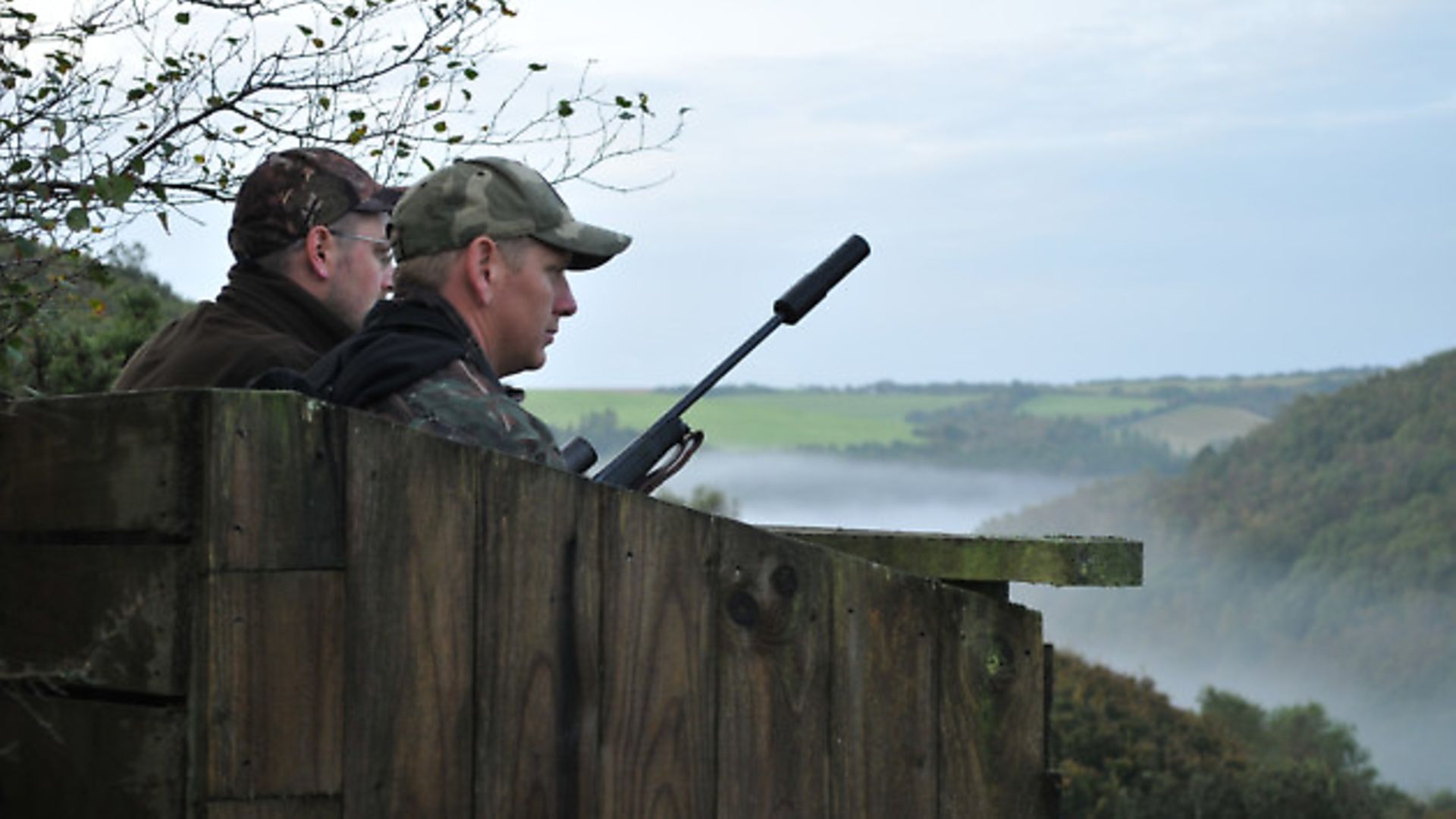 credit: Archant
credit: Archant
Looking after clients is undoubtedly one of the two crucial elements to developing and running a successful commercial stalking business – the other one being marketing.
While there are many UK stalking outfitters that provide services and sport that are nothing short of outstanding, there are many that appear to be ‘playing at it’. There is, without doubt, a great deal of envy, greed and jealousy that seems to be inherent in the field of wild deer stalking in the UK.
There appears to be little in the way of standardised procedures and business ethics among many sporting operators – a culture that the customer may unwittingly find him/herself the victim or indeed the beneficiary of.
As with all commercial businesses involving the end customer, it is the tiny detail that makes the big difference, and surprisingly it’s not difficult to do. However, a stalking guide who has already spent three days with clients, being up at 3:30am and out until 11:30pm, can – to a client – soon appear to be miserable, unprofessional, inefficient and uncaring.
While the tired guide may not realise or be aware of the outward change in his/her attitude and performance, to the well-rested client it will come across as something negative and can harm your business.
Customer care needs to be un-compromised at every level, and the more involvement you have in the customer’s experience from start to finish – often from pick up from the airport on their arrival, to their departure from the same airport – the more likely it is that the customer will return time after time. In fact, the airport run is an ideal time to get to know the client, build rapport, and effectively manage their expectation from the moment you meet them.
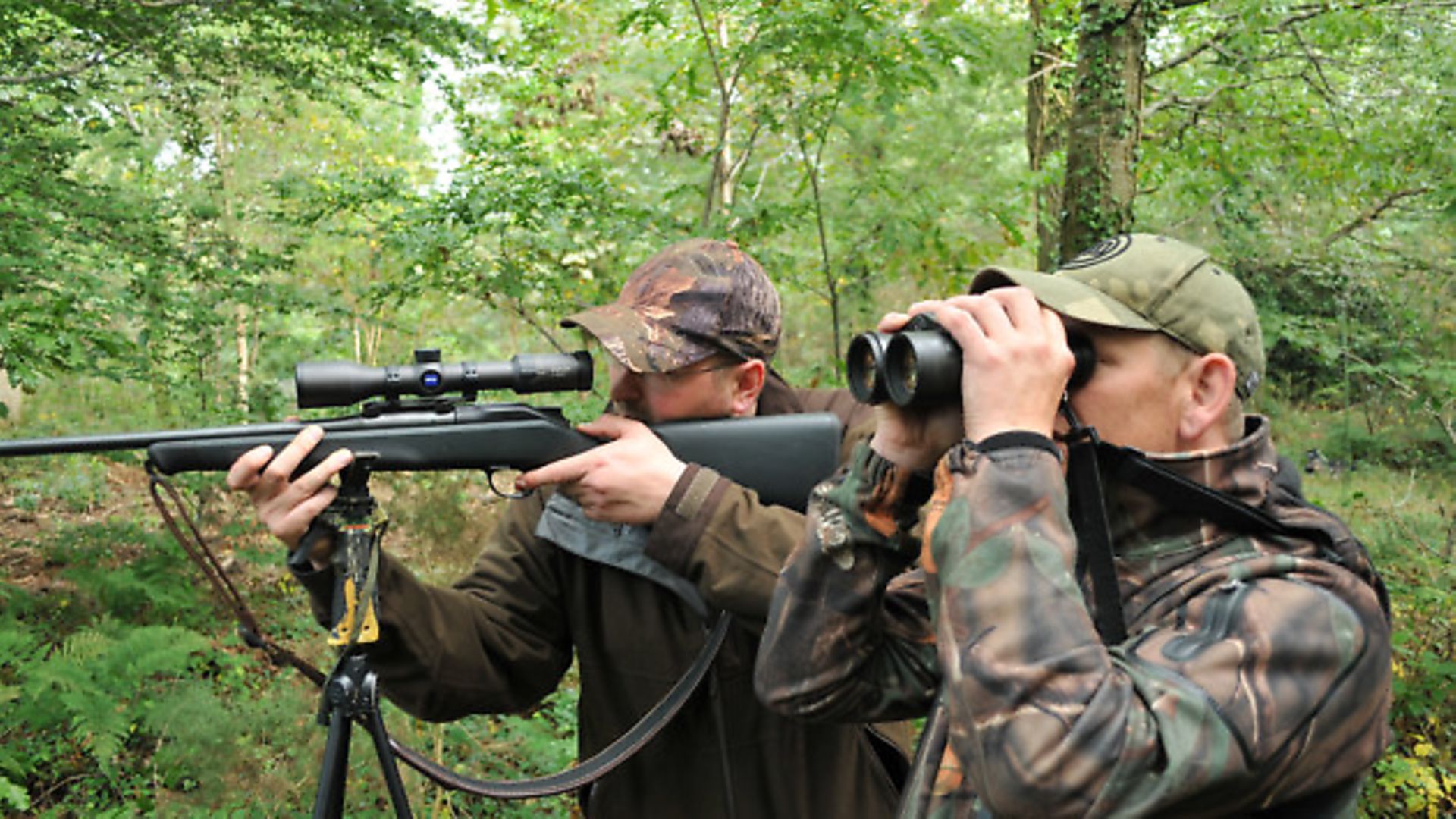 credit: Archant
credit: Archant
Take time to find out about them, their working lives, family, children, etc. (and remember their names – especially the wife and children’s names) as this shows your interest in them as a person, rather than interest in their wallet and what it contains!
During stalking, if you notice the client struggling, out of breath or in some difficulty, don’t simply carry on regardless. Stop and ask if he/she would like a five-minute break; offer to carry his/her roe sack or rifle; offer a drink to them. In most cases, all these apparently minor gestures will be seen by the client as a level of service that is generally above and beyond their expectations. That is what you should be aiming to achieve.Remember – the minor details make the huge difference.
Oh, and remember to try and provide the sport and, more importantly, the experience that you promised. You can be the best, most friendly guide in the world, but if your customer feels cheated, then you can effectively wave goodbye to any future business from that customer or any of his/her friends. God forbid the client should relay his/her ‘bad experience’ to others; if it should find its way out into the big wide world, then you have a problem. The deer stalking forum community love to tear strips off another operator, especially if it is an established operator.
Finally, the golden rule! Never ever bad-mouth another operator in the presence of a client, even if they do. It is unprofessional in the first instance, and can also backfire in the future if the operator concerned finds out.
Stalking/Guiding Performance
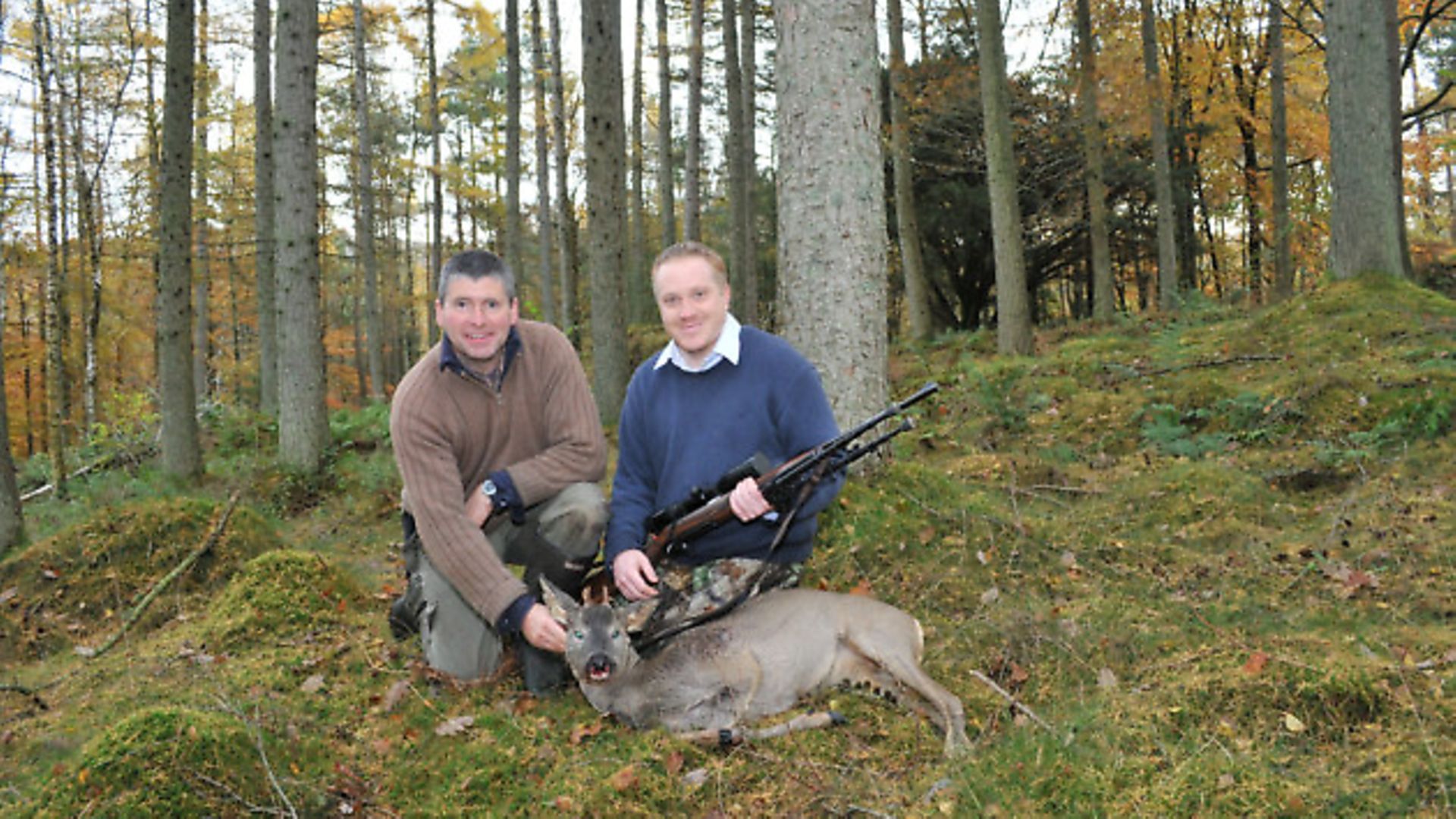 credit: Archant
credit: Archant
Your client may be a complete novice, or an experienced stalker him/herself. It is important that you as a guide make every effort to ensure the outing is not only successful, but educational too.
It is common for guides to ‘go through the motions’ of efficient stalking, while knowing full well that the area is devoid of deer. While this may fool a novice, an experienced client will notice your behaviour, body language and general attention pattern, and not least the signs of deer in the area. Never take a client out stalking unless you are going
to put 100% effort into making the outing successful.
Efficient Stalking Practice
As part of your responsibility as a guide, there are things you can do to increase your chances of a successful outcome. Some of the main ones are:
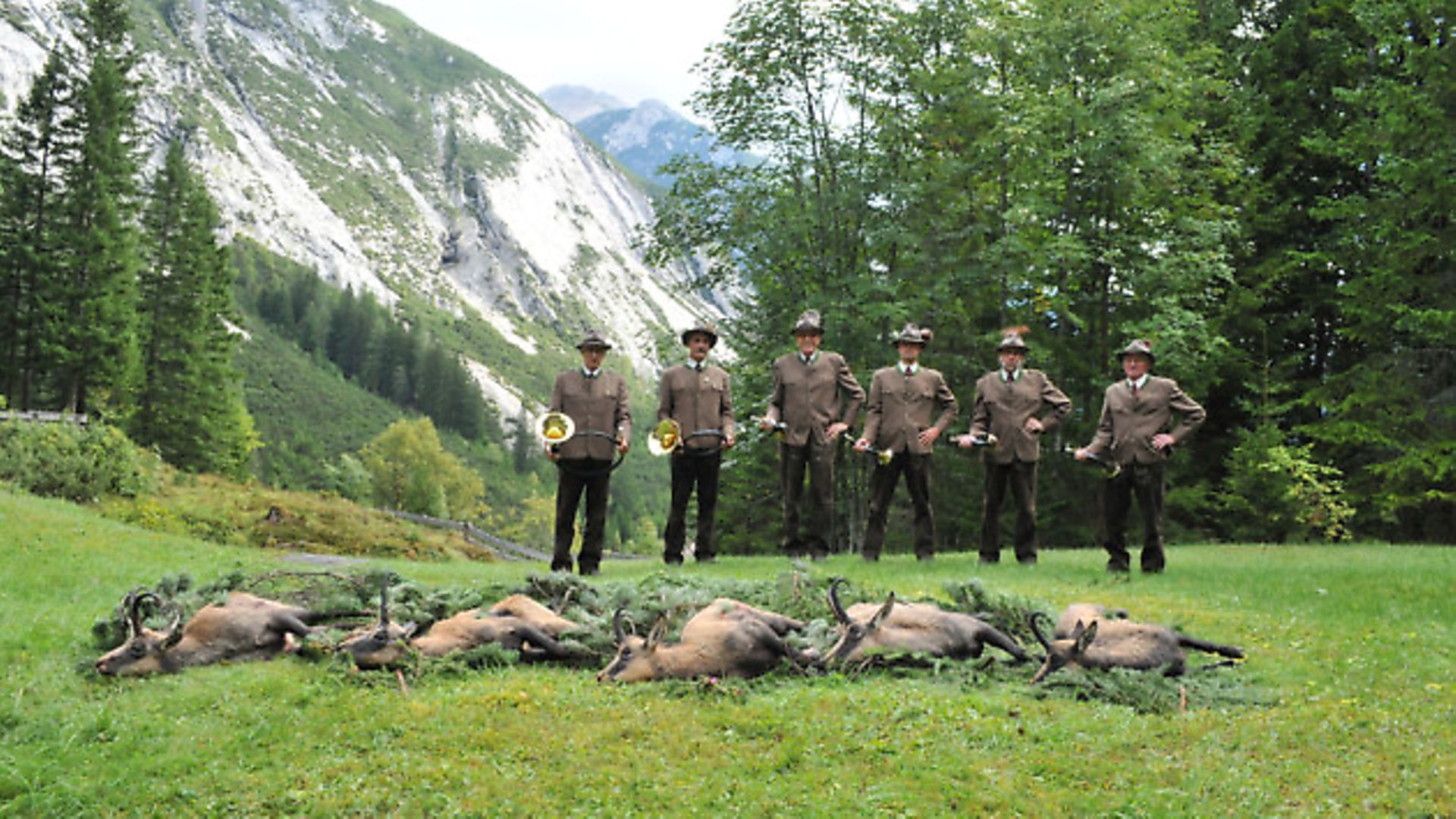 credit: Archant
credit: Archant
? Dress code – Always ensure that both you and your client are dressed appropriately for the job in hand. If your client turns up in jeans, T-shirt and trainers and intends to stalk in these, then it is your responsibility to explain to him/her in a courteous manner that the dress code is inappropriate, and may compromise success, and almost certainly his/her comfort during the outing.
? Outing duration – Before the stalking outing commences, explain to the client that the outing will last for approximately three hours, and the type of terrain that will be covered.
? Keeping the client ‘in the picture’ – Part of your role as a guide is to provide an experience that entails more than the client just following you around. Throughout the stalking outing periodically explain to the client why you are doing what you are doing, or why you are going in a certain direction.
For example, in situations where the wind direction is behind you and you know that any deer in front of you will have caught your scent up to several hundred metres in front of you, it may be acceptable to move relatively fast to get to where you need to be. To the client that knows no better, this practice may come across as bad practice on your part and he/she may find this confusing. Explain to the client why you are doing it. Apart from keeping the client interested in what you are doing, it is an important learning process for the client.
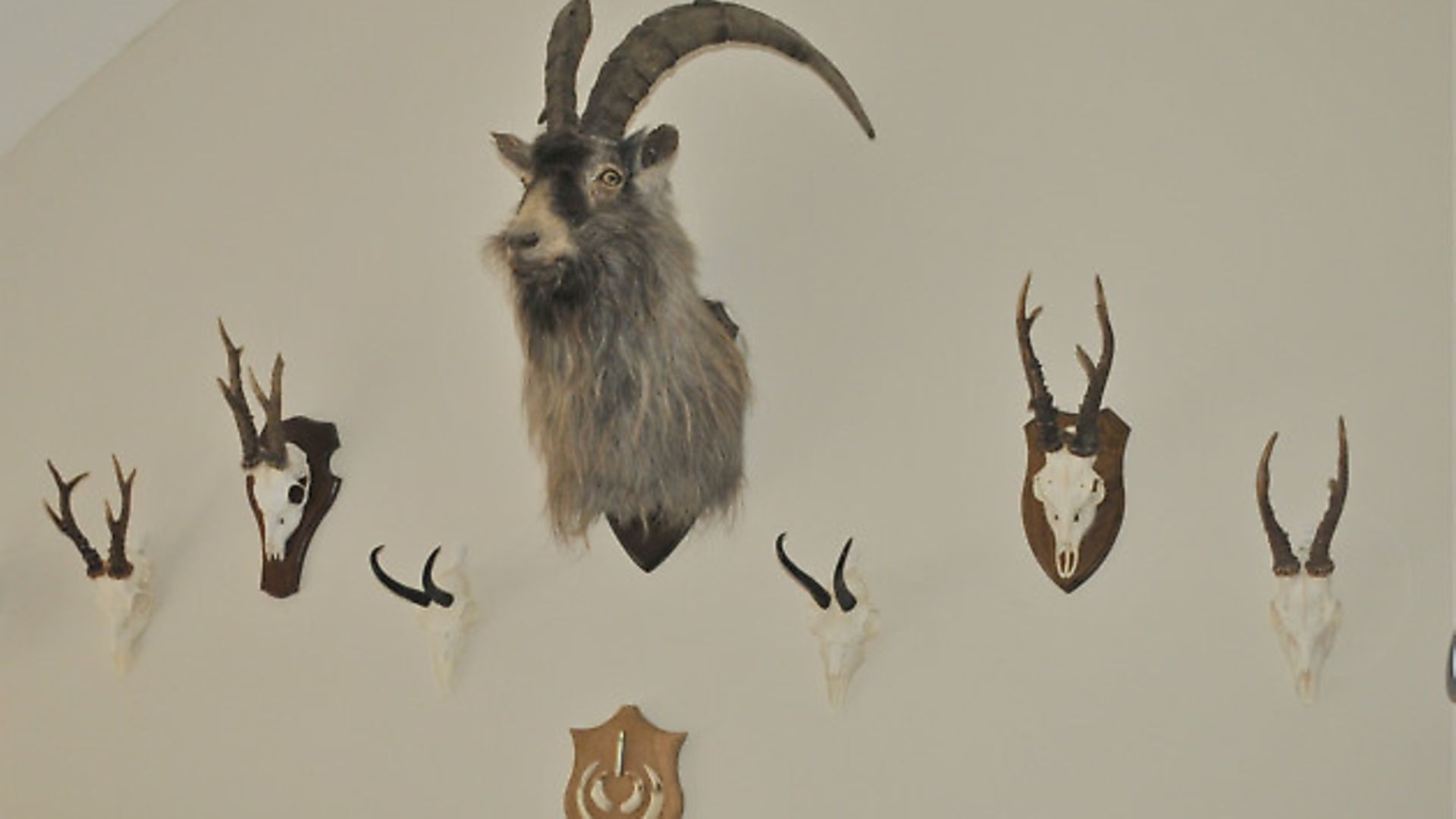 credit: Archant
credit: Archant
? Speed of stalking – The most common mistake made by most guides and stalkers is moving too fast. This is normally due to the desire to cover as much distance as possible in the hope that chances of a successful shot will be increased. Moving too quickly is almost always counterproductive.
A deer’s life actually depends on detecting the presence of ‘predators’; the animal’s keen senses are designed to pick up anything unusual – movement being one of the most easily detected. In most cases, the first thing we pick up in woodland is movement, so considering our senses are nowhere near as acute as a prey animal’s, then it illustrates just how easily movement can be detected by the animal – often long before we are even aware of the animal’s presence. In many cases, when we observe a fast-departing animal, it had already detected us quite some time before.
Ensure that all stalking in ‘deer-rich’ areas is sloooooow! Sometimes 100m or so in an hour can be too fast in areas where you ‘know’ the target animal exists.
? Use of camouflage – Defined as ‘the art of being present without being noticed’, camouflage will undoubtedly help you achieve a successful outcome. It is not limited to the type, pattern and shade of your clothing and that of your client, but it applies equally to the way you move through woodlands and open hill areas.
It is entirely possible for you and your client to move in full view of the target animal/s, provided this is done slowly – very slowly! Keep all movements slow and fluid and you are unlikely to be noticed. The act of raising binoculars to the eyes and lowering them again is very often the time when animals will detect your presence, as in most cases this movement is too fast.
? Use of cover for concealment – There is a strong tendency for both client and guide to want to walk in the easiest paths – usually down the middle of rides. It is important that clients walk closely behind the guide and only come forward to shoot when instructed to do so.
Using the interface between two different types of cover (e.g. on the edge of rides, paths, fields, etc.) will help your physical form blend into the cover type, so if an animal steps out only 20m in front of you, then you are less likely to be noticed by the animal than if you were in the middle of the ride.
In such cases, it is common for the animal – and the client – to freeze and it becomes a waiting game. Invariably this process is a waste of both time and opportunity as the animal will be the first to lose its nerve and run.
Where the guide and/or client is faced with this, then it is advisable for the client to remove the rifle from the shoulder and in a slow, fluid and continuous movement bring the rifle to bear. In many – but not all – cases, the animal will be transfixed as it watches the movement. In younger animals there may be a level of curiosity which will keep the animal there as it watches the slow movement. In many cases, it is possible to get a shot rather than a pointless, motionless wait resulting in nothing.
? Use of binoculars – Binoculars are probably the most useful and important piece of kit you can have with you as a guide – but only if you use them! In woodland, the effective guide will move very slowly (five to 10 paces) before doing a complete 180-degree scan of the areas in front and to the sides, and repeating the process until the end of the stalk.
To make the best use of the binoculars, the use of sticks to steady them can make the difference between seeing and missing an animal in cover. It also saves your arms becoming tired, especially when using heavy binoculars.
? Illness and distress – In the initial booking form you should enquire as to the client’s physical fitness level and establish any health issues that may affect the client’s performance and more so his/her wellbeing. This is especially true in upland environments where it is likely to be physically more demanding.
If you become aware of the client becoming agitated or clearly suffering some form of distress or outward signs of illness, do not carry on regardless. You, as a guide, have some responsibility for the health and safety of the person under your care.
You may be able to help by offering to carry his/her equipment if you can clearly see that they are struggling. Classic signs are if the client starts lagging behind, showing extremes of facial colour or sweating profusely. There is nothing to be gained by persevering in conditions where you know – or should know – that the client is in some distress.
In the final stages of a stalk, the client may be affected by nothing more than excitement (buck fever). This is not uncommon and can be addressed through reassurance, and getting the client to just ‘watch’ the animal through the scope if it’s safe to do so. This will acclimatise the client to actually seeing the image through the scope, and will hopefully help calm the excitement.
? Animal welfare – Both guide and client have a legal responsibility for the welfare of the animal. So if you are unsure of the client’s capability to deliver a precise, humane shot then you need to either get the client closer to the animal through careful stalking, thus reducing the human error factor, or consider advising the client not to shoot until he/she can compose themselves.
A good tip is to watch the end of the barrel when they are in the aim. If it is moving around then it is a classic sign of nerves getting the better of precise marksmanship.
In such cases, advise the client to relax. It is useful to suggest that the client should take aim on the animal and then take in a very deep breath, and then exhale as much air as possible, and then take another very deep breath and then exhale about 50% and then hold the breath and squeeze the trigger.
If this doesn’t work initially, then repeat the process. This has the effect of charging the brain with oxygen and helping to relax the muscles, hopefully allowing for a more controlled shot.
If it is not possible to relax the person, then it may be advisable to abort the shot rather than risk wounding the animal.